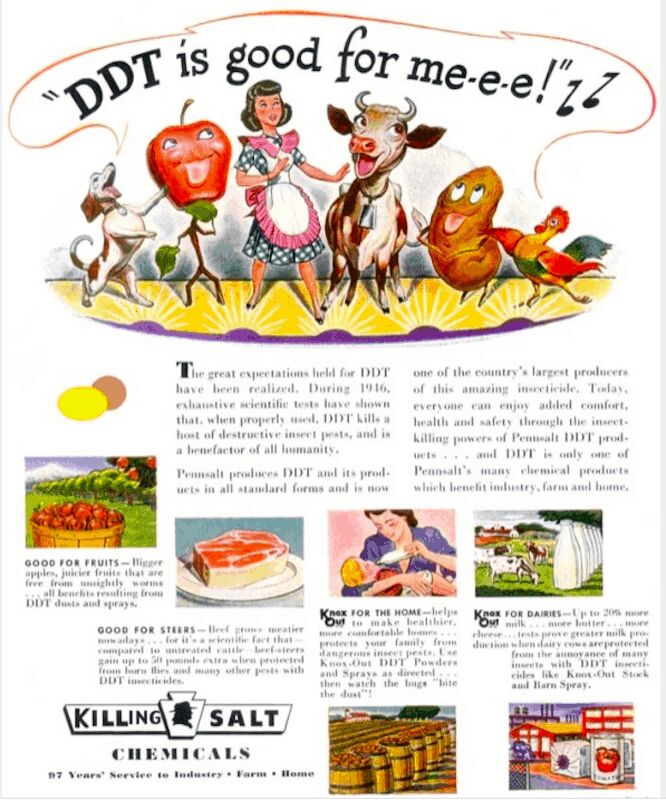In Ancient Times

Coca-Cola, the world’s leading brand of soft drinks, was once entirely something else. The product in the late 19th century and early 20th century was advertised as a medicinal and pain-relieving beverage.
It was suggested that the properties of some of its ingredients, like the fantastic Coca plant and the widely known Cola nuts, helped the customers relieve them of stress and ease their pain. It is incredible how far the company has come since its origin on May 8, 1886. The company introduced other Cola drinks with the name Coke. In 2013, the worldwide consumption of these drinks reached 1.8 billion daily.
A Candilicious Temptation

Everyone loves candies, and no one refuses when it is offered. This small sweet treat is the weakness of every child, and they love all sorts of crunchy, soft, or gummy candies. As children need so much energy to play outdoors, the ad advocates the need for energy through the sugar of the candy.
Sugars are a form of carbohydrates, and like all carbohydrates, they are a source of energy in our daily food intake. According to the American Heart Association, males should consume no more than 36 grams of added sugar, which provides 150 calories; for women, the recommended quantity is 25 grams, which gives 100 calories.
The Beneficial DDT

Dichlorodiphenyltrichloroethane, the magical substance, is popularly known as DDT. Its first introduction to the world in 1874 became known as a highly effective insecticide and a pro for getting rid of those stubborn mosquitoes. It also helped in growing fruits and vegetables larger than usual.
Things took a massive turn for the manufacturers when they began selling this as an excellent cleaning agent; the sale grew manifolds because it was classified as an essential household necessity. The ad highlights the number of uses of DDT as the United States widely used it until the U.S. Environmental Protection Agency withdrew it in 1972.

